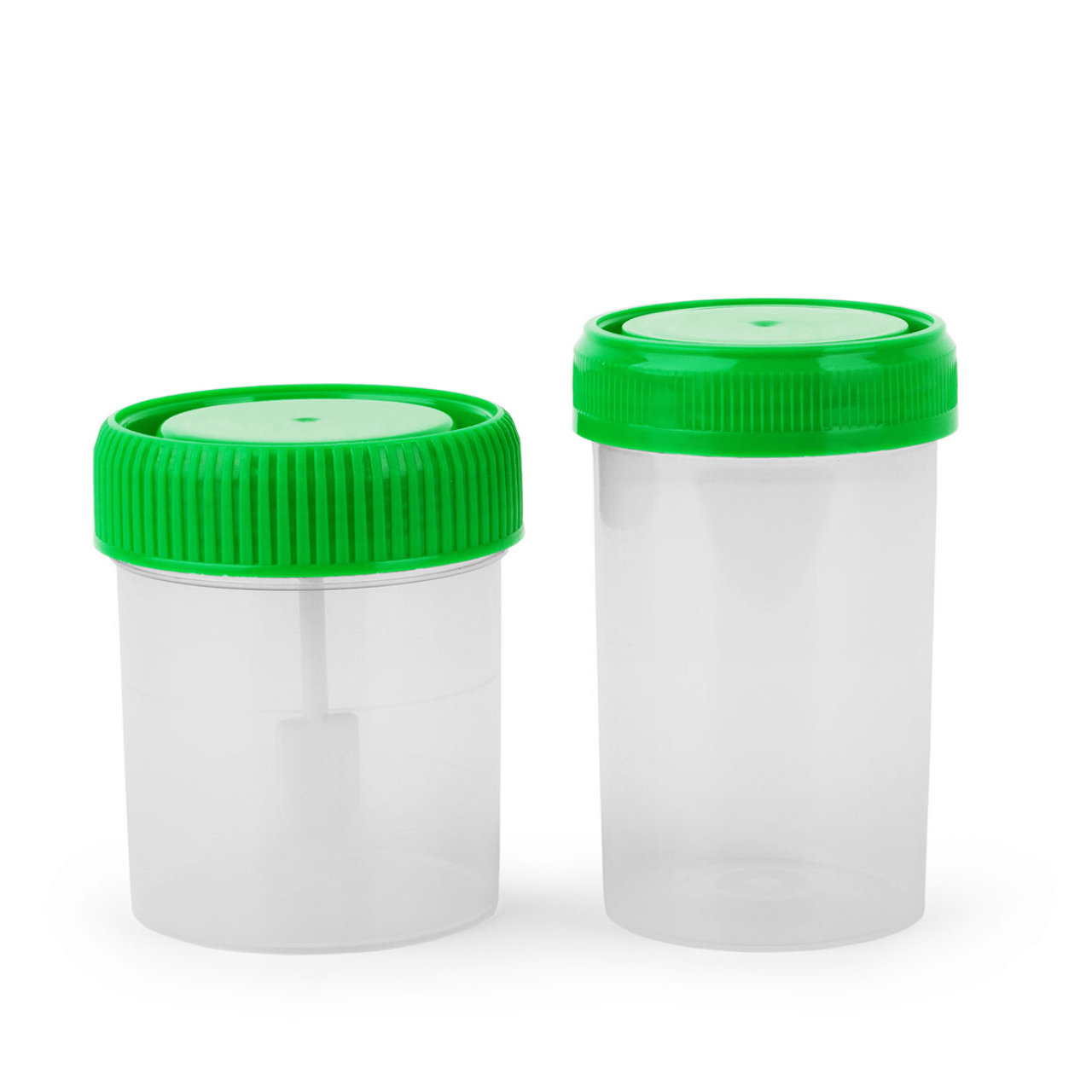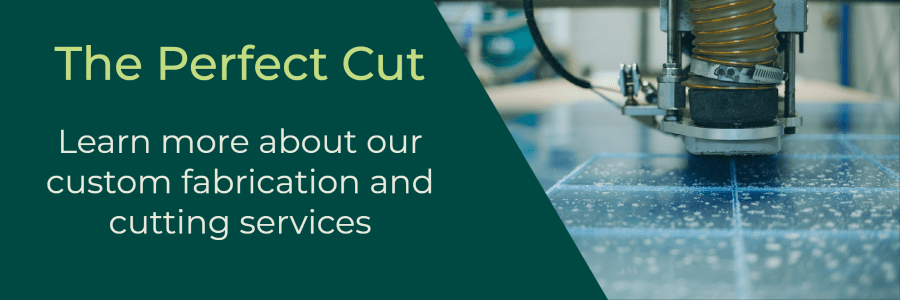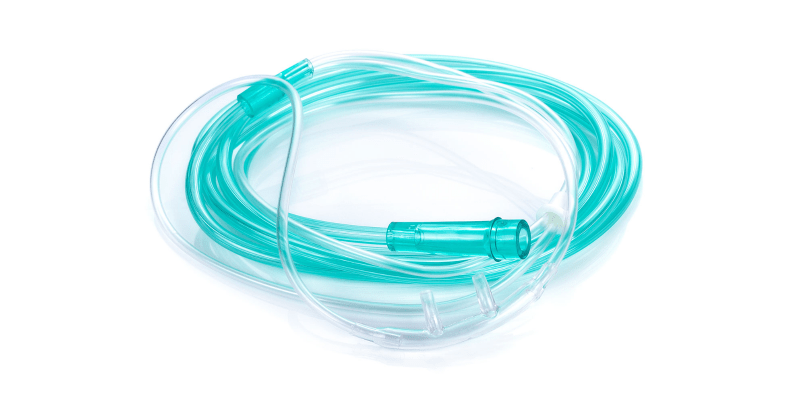What is PFA Plastic?
PFA plastic, also known as perfluoroalkoxy polymer, has various unique features that make it ideal for a number of high purity applications. Its chemical resistance to corrosive substances is good, and its smooth, low-friction surfaces prevent degradation. PFA delivers remarkable stability in very adverse settings thanks to its wide temperature range. It is ideal for manufacturing because of its weldability. Engineers and fabricators alike take use of its partial optical transparency when inspecting the plastic walls for indicators of stress. PFA has a low dielectric constant due to its polymer chain synthesis, making it an excellent insulator. Without a question, PFA is a strong and impressive material that has made its way into every industry.
What is PFA Plastic?
When chemical resistance, high purity, and flexibility are required, PFA (perfluoroalkoxy) is a robust, flexible fluoropolymer utilized in flexible and reusable medical equipment, pharmaceuticals, and semi-con gadgets. Because of its great chemical resistance, optical clarity, and overall flexibility, PFA is commonly used in medical, pharmaceutical, and semi-conductor polymers. Every injection molding application, but especially the medical, pharmaceutical, and semi-conductor businesses, place a premium on maintaining material purity. Why are PFA plastics so popular and necessary, especially in those specific fields? It's because medical and pharmaceutical measuring devices, as well as semi-conductor devices, are routinely subjected to severe biological and chemical constituents. Parts made of or coated with PFA materials have strong resilience and are an efficient way to avoid contamination. Additionally, PFA has excellent chemical resistance, even at high temperatures. It can withstand strong mineral acids, inorganic bases, and inorganic oxidizing agents, as well as the majority of organic chemicals and combinations used in the chemical industry. Fluorine and molten alkali, on the other hand, will cause it to react. PFA is also adaptable in terms of how components are made; it works well in extrusion, transfer, blow, and compression molding, for instance. Due to its remarkable chemical inertness, PFA is frequently used for plastic lab equipment, and its flexibility has made it a common option for tubing in many chemical industries. It's also widely used in semiconductor and pharmaceutical manufacturing.
PFA Properties
PFA is a versatile polymer with outstanding chemical resistance and thermal tolerance. It is, however, not as heat resistant as PTFA. It has excellent dielectric characteristics, with a dielectric constant of 2.1. As you can imagine, there are many features of PFA that make it so popular and essential to various companies and industries. However, some of the most noteworthy properties of Perfluoroalkoxy Polymer include:
- Chemically stable
- Terrific dielectric strength
- Wide temperature range
- Resistant to practically all chemicals
- Impressive Antistick properties
- Low co-efficient of friction
- FDA-approved
- High purity
- UV Resistant
Uses of PFA Plastic
PFA is commonly used in pipelines, tubing, and as the liner in vessels that will convey caustic chemicals due to its resilience to chemicals, temperature fluctuations, and physical strains. PFA tubing is extensively used in medical and laboratory applications. PFA is also utilized to make a variety of fittings and linings for corrosive components such as heat exchangers, valve liners, semiconductor baskets, nozzles, insulator brushes, pumps, and electrical insulation. PFA is commonly employed in gas scrubbers as well as reactors, and a variety of other applications in natural gas, coal, nuclear, and other types of industrial power plants.
 Encapsulation
Encapsulation
PFA is being increasingly widely used as an encapsulating covering for metal components in a variety of sectors. PFA plastic is used as an outer jacket for encapsulated O-rings since it is a highly robust and trustworthy material. PFA plastic has a stronger mechanical strength and resilience to cracking and tension than other fluoropolymers like FEP as an encapsulating option. It's also a tough material for applications requiring a lot of stretching and squeezing. Sensors, switches, and transducer probes are encapsulated in PFA, allowing them to be submerged in corrosive media and high purity fluids without danger of harm
Scientific Fields
PFA is frequently employed as an inert substance in sample equipment on geochemical or environmental analytical chemistry field sites to assist in avoiding trace amounts of metallic ion contamination. PFA is used by professionals in a wide range of applications, from medical device production to semiconductor component manufacture. What is it about PFAs that makes them so popular among scientists? Because of its optical clarity, overall flexibility, and great chemical resistance, PFA is commonly employed. PFA tubing is frequently utilized to handle critical or extremely corrosive activities. PFA can also be used as a sheet liner for chemical equipment. Because of its qualities, carbon steel fiber reinforced polymers can be used as a cheaper alternative to more expensive alloys and metals. Because PFA is optically clear, flexible, and chemically resistant to practically all chemicals and solvents, it is extensively employed to make plastic laboratory equipment. Tubing for critical or extremely corrosive operations is also typically made of this material. PFA is also utilized as a sheet lining for chemical equipment since it may be used as a carbon steel fiber reinforced plastics alternative to more expensive alloys and metals.
Tubing
PFA plastic tubing is chemically resistant and can handle corrosive and hazardous substances. Due to its inherent translucence, users can see the material moving within the tube, making it ideal for fluid handling. PFA plastic tubing is used in the medical sector to transport blood, urine, or any other liquids that might coagulate or suspend themselves, as well as any medium containing a powder or caustic medicine. Aerospace, electronics, and water treatment sectors can all benefit from PFA plastic tubing. PFA tubing is widely used in wafer processing equipment in the semiconductor sector.
Why PFA is Chosen Over Other Plastics
When it comes to flexibility, PFA outperforms most other forms of plastics, especially in tube applications. PFA has a lesser flex life, which is essentially the ability to withstand repeated folding than nearly any other plastic on the market. Additionally, PFA is somewhat more heat resistant than others. PFA is more susceptible to water absorption and weathering, yet it outperforms various plastics in terms of salt spray resistance. The electrical characteristics of PFA are the most important advantage it has over its competitors. All in all, PFA plastics maintain quite a few features that make it easier to use, safer for many environments, and common.


